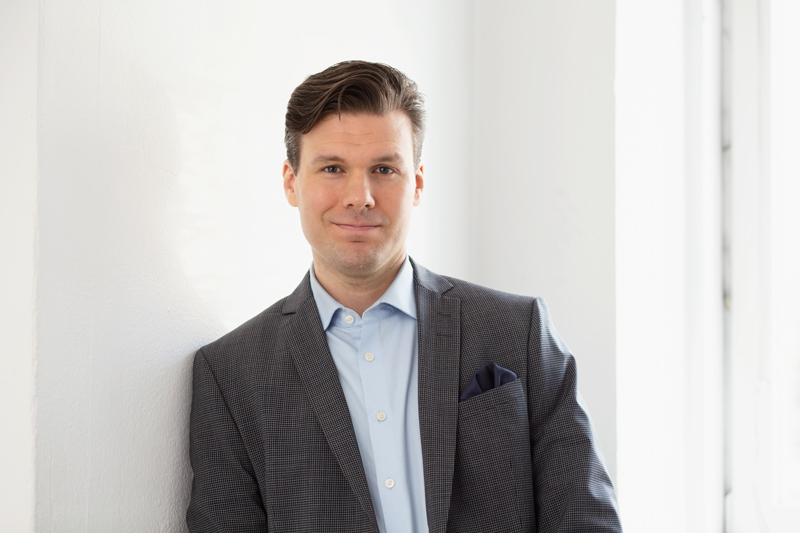What is research impact?

In my role as CEO for the Finnish Research Impact Foundation, I have often been asked, how do we at the Foundation define and measure impact. It’s a perfectly logical question to ask, but the answer is far from simple and straightforward. Briefly, impact is about pursuing and achieving desired and substantiated change – but that really only provides the basis for more detailed discussion.
FRIF’s mission is to promote the impact of high-level academic research in Finland by supporting research collaboration with business and industry. The fundamental underlying premise is that research can significantly benefit society and that companies have a key role to play in delivering these benefits.
FRIF’s first funding call for research-driven joint projects with industry partners was announced in spring 2020, and the first two-year projects got off the ground by the autumn of the same year. But how to demonstrate or measure the impact of these projects when it was all just getting started?
At the time that we were developing our first funding programme, the thinking was that we should target our funding to areas where it had the greatest potential to deliver the greatest impact. Because cooperation has benefits for both researchers and the business company, and by the same token for academia, industry and society more widely, we decided to focus our attention on supporting that cooperation. FRIF funding was thus to fill a critical gap in the research funding system and to facilitate collaborations in areas that promised significant potential.
This was the basis on which we introduced the Tandem Industry Academia funding scheme, in which interaction and cooperation between industry and academic research is folded into the funding structure. By the end of 2022, FRIF has invested 7 million euros in grants to support a total of 36 such joint projects.
Impact also features prominently in the Parliamentary RDI Working Group’s final report in preparation of the Act on Research and Development Funding – as does the strengthening of RDI cooperation in general. Indeed, impact is listed among one of the ten key principles for the development of the Finnish RDI system. The working group observes insightfully that the impact of public R&D funding must be weighed both from the perspective of complex impact paths and in the light of the benefits achieved from short- and long-term cooperation between different stakeholders. In addition, the working group’s plan stresses that the methods needed for impact assessment should be develop integrally with the broader policy measures and funding instruments.
It is important then to take onboard the criteria of impact when new funding areas and opportunities are being discussed: Where is there untapped potential? How can impact be maximized? How should the benefits of funding to different stakeholders and its long-term impacts be measured and assessed?
Time will tell what kind of outcomes and long-term impacts will emerge from the projects supported by the Finnish Research Impact Foundation. With this in mind the Foundation has moved to hire a new Research Impact Officer: Outi Vanharanta offers some of her views on FRIF’s recent impact survey in this annual report. We have also interviewed key personnel involved in projects that received FRIF funding 2022 in order to canvass their views on the subject of research impact.

